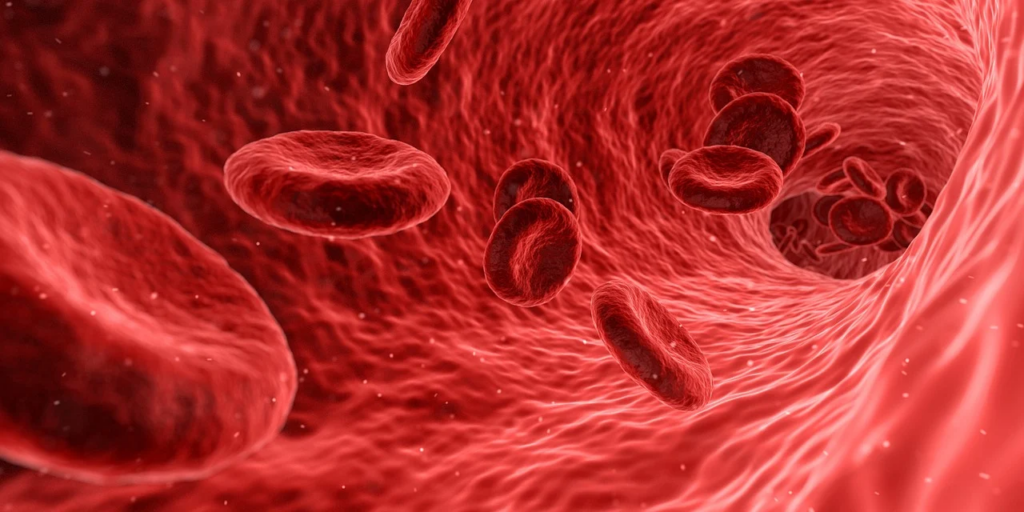Peripheral artery disease is a serious condition where plaque buildup leads to clogged arteries, causing significant discomfort and limited mobility in your extremities, usually your legs and feet. According to the Cleveland Clinic, PAD can result in leg and foot pain, cramping, and in severe cases, even limb loss. If you’re experiencing symptoms like difficulty standing for long periods or frequent leg cramps, it’s crucial to seek medical screening for PAD.

Credit: Pixabay
Early identification of PAD is key to preventing serious complications. Physicians will check for it by measuring your pulse in your feet or by performing an ankle-brachial index (ABI) test. The ABI test uses ultrasound to compare the blood pressure in your ankle with the blood pressure in your arm, which can help identify any blockages or reduced blood flow further down the chain. If you have a family history of heart disease or PAD, or if you’re experiencing swelling in your feet or ankles, it could be a sign of clogged arteries or heart failure, and you should seek medical attention immediately.
Reduced blood flow can have a significant impact on your feet. Depriving tissues of oxygen and nutrients can lead to pain, numbness, tingling, and significantly slower wound healing. Plaque buildup creating clogged arteries further restricts blood supply and contributes to PAD. Additionally, having weak heart function can cause peripheral edema, resulting in swollen legs and feet. For diabetics, nerve damage from high blood sugar levels can make foot pain and numbness even worse, emphasizing the importance of monitoring and managing blood sugar levels.
CONTINUE READING…
Author: awestories24.com





